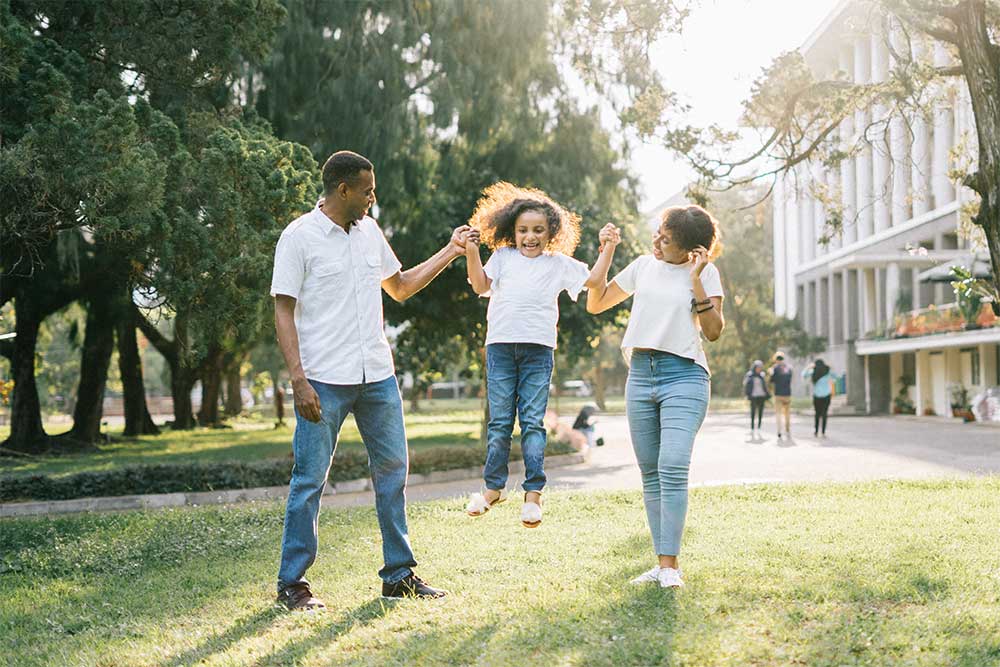Introduction
As parents we are our children’s most important influencers in their formative years. It is a huge responsibility but also a wonderful opportunity to create and foster a meaningful parent-child relationship where our children feel heard and seen. Creating a meaningful relationship when our children are young then becomes the pillars from which they can thrive in future relationships.
In this post I will explain WHY creating a meaningful relationship with our children is important, explain HOW we can practice on a regular basis, and provide 3 tips on how to create a meaningful relationship with our children.
Why Does It Matter?
The type of relationship we model and create with our children becomes the cornerstone for how they view themselves, how they relate to their peers, their future partner, and the world.
Children often look up to their parents or caregiver for guidance as to how to interpret their experiences and how to relate to others in their lives. The “lens” in which we help them see the world then becomes their reality. If we are conscious about the type of connection we are creating, we have a better chance at being proactive in helping our children create a positive “lens” from which they can see themselves and others.
How do we create those meaningful relationships?
As human beings we are relational by nature. The relationships we form from a young age guide us throughout our lives and influence the way we see ourselves, others, and the world. To be seen and heard is the goal. But how do we do that with our children?
The following are 3 tips on how we can build that connection by making minor but significant changes in the way we communicate with our children.
1.When talking to our children let’s get down to their level
This equalizer allows your child to feel safe and in control. Feeling safe is an important ingredient for children to feel comfortable to take risks, build the confidence to explore, and to try new things. The sense of safety makes learning possible, whether that is learning words, walking, or learning to relate to others in a positive and healthy way.
2.Look at them in the eyes
Looking into our children’s eyes when we are talking to them is important for verbal and nonverbal communication. Eye contact communicates to our children that we are listening, that we are paying attention, that we care, and that we are interested in them.
3. Active listening
The previous two points set us up for engaging in active listening. Whenever our children come to us for guidance, to share their fears, to ask questions, or simply to get some attention, it’s helpful for us, parents, to pause and try to be present as much as possible. In addition, to ensure that we understand our children’s perspective, we can repeat to them what we heard. This type of reflective listening provides an opportunity for our children to clarify what they are truly trying to say and practice their communication skills. With active listening, ultimately we are communicating, “You are important to me”, “I hear you”,” I see you” and when our children feel seen and heard, their experience is validated.
Closing
Creating meaningful relationships with our children is more important than ever. With cellphones so easily accessible and the feeling of urgency to check our notifications from social media, being mindful as to how we position ourselves to talk to our children can impact the way our children learn to relate to others and build relationships. The way we communicate with our children creates a map that they’ll use to navigate when navigating future relationships.


0 Comments